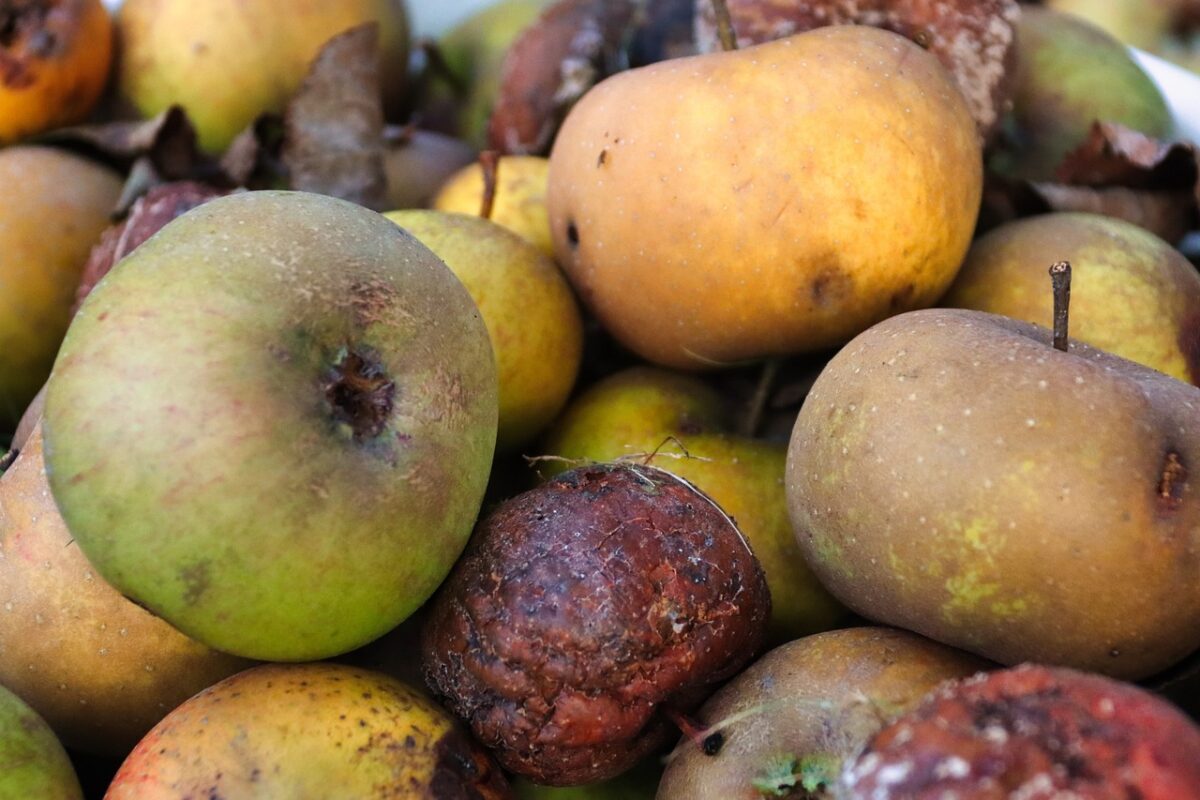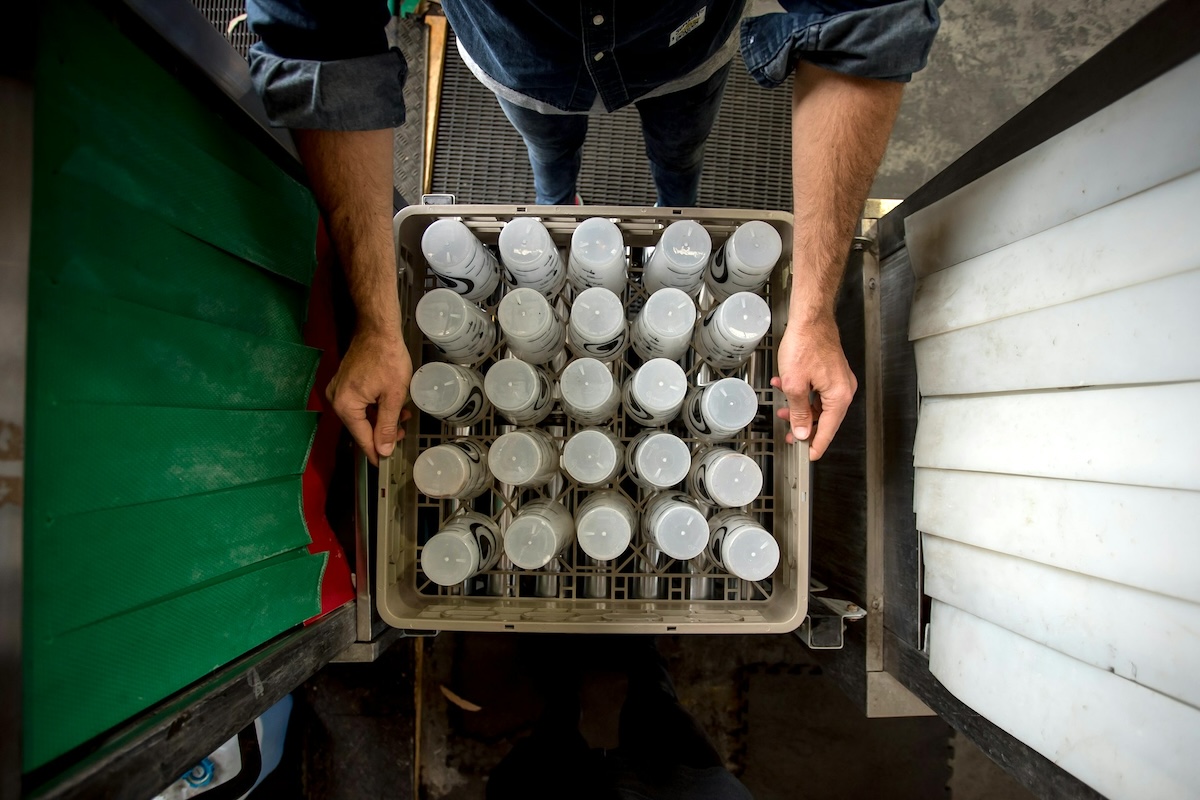Skift Take
Food waste creates 8% of anthropogenic greenhouse gasses globally every year. The Environmental Protection Agency has introduced a strategy to cut waste while boosting a circular economy for all.
Sustainability is a hot topic for events industry professionals. However, implementing sustainable efforts for food and beverage at events is not always easy. The challenges that planners face often mean sustainability falls down the priority list.
Last week, the Environmental Protection Agency (EPA) introduced the National Strategy for Reducing Food Loss and Waste and Recycling Organics at the 28th Conference of the Parties to the UN Framework Convention on Climate Change (COP28) in Dubai, United Arab Emirates. A key outcome of the strategy also includes achieving cost-saving measures for households and businesses while building cleaner communities.
Food Waste and Methane Levels
The goal of the strategy is to cut food waste by 50% by 2030. Doing so will also cut the levels of methane gas produced by discarded food dumped in landfills. Methane has 28 times the warming potential when compared to carbon dioxide. The strategy was one of the U.S.’s key deliverables during the COP28 summit. The gathering saw a record 84,000 participants with 52,081 party delegates.
Data provided by the EPA indicates that the overall emissions released from solid waste landfills are decreasing. At the same time, emissions produced by food waste landfills are increasing – producing 58% of methane emissions annually.
“We see a lot of food waste ending up in our landfills, which we’re looking at for methane reduction,” said EPA Administrator Michael Regan. Regan noted the sheer amount of organic materials disposed of in landfills after visiting 39 U.S. states and 11 other countries.
A key component of the newly introduced strategy includes the EPA’s promotion of a circular economy – a system-focused approach that allows materials, products and services to remain in circulation for as long as possible. Landfills receive approximately 100 million tons of organic waste every year. To combat the issue, $83 million in funding is now available. These funds will support programs that include organics recycling, composting, or anaerobic digestion.
The EPA, USDA and FDA are encouraging the public to provide feedback, which they will be accepting until January 4. Regan said implementing the strategy will not be “paternalistic.” Communities across the U.S. have had viable food waste reduction solutions but lacked the necessary resources to put them into motion.
Serving Events Sustainably
While the EPA reported that roughly one-third of available food ends up in landfills every year, many banquet providers are creating strategies and implementing new technologies to reduce food waste and loss.
Levy Restaurants, which operates in-house banquet services at convention centers and other major venues around the country, sets forth a high standard for food waste management and data-driven solutions.
“We implement a lot of mathematical formulas to get everything as precise as we can from even before the purchasing process, just in the planning stages,” said William Delp, executive sous chef with Levy Restaurants. “We take that information and design a very specific prep list for a banquet menu,” he said. He added, “we do that by planning every move out as far out as the purchasing to the production and all the way until it hits guests at their event.”
As a result, Delp, who oversees banquet production at the Baird Center, estimates the amount of organic waste produced during a banquet production to be an average of no more than 10 lbs. Additionally, partner organizations focused on donating food frequently salvage uneaten food left over from events. “Every single Levy property has at least one program that they’re aligned with for food donation,” he said.
Delp said that his team gets creative for organic ingredients with a short shelf-life. For example, they dehydrate fruits and vegetables and use them later as garnishes, among other uses. “We can dehydrate nearly anything and just impart flavor into an infused water or a tea service, for example.” Delp noted that finding uses for unused ingredients has become essential to the strategy of his kitchen.
Leveraging New Environmental Technology
One such technology used to dispose of food waste without creating methane emissions is the ORCA. It’s a food waste processing device that uses oxygen and microorganisms to break the food down. The process takes about 24 hours to complete, and the only waste it produces can be disposed of through the sewer system.
The Baird Center and Baird Center expansion – set to open in 2024 – will install two ORCAs. Having a sustainable method of disposing of organic material will streamline the efficiency of banquet production.
“The orca is really going to have an impact more on food waste reduction and more of a backup plan that’s going to curtail the usage of our planet’s valuable resources and the emissions of gasses in our atmosphere,” Delp said.
Photo credit: planet_fox / Pixabay





